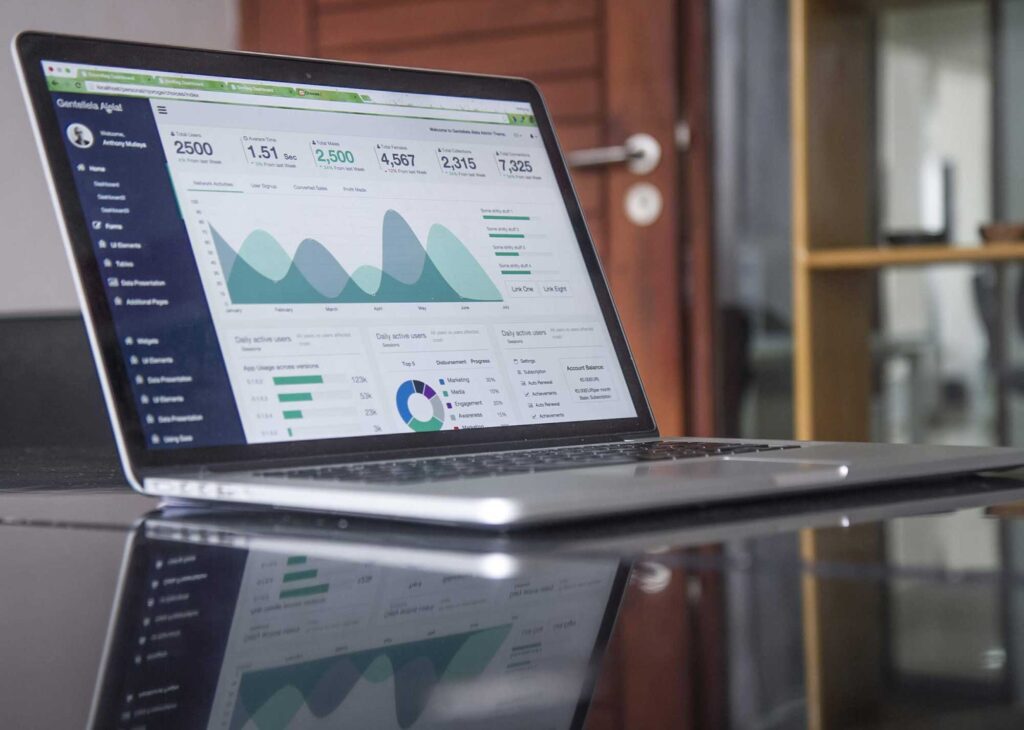Earlier this year, Google announced that they would be drawing down support for Universal Analytics, forcing all UA users to migrate to GA4 (or another analytics provider). There are two very different ways to look at a MarTech migration of this scope:
- Pessimistic: Oh no. This is terrible. How do I know I won’t mess data collection up when we migrate? How can I be sure I’m not undoing years of effort?
- Optimistic: This is a great opportunity to clean up our implementation and start fresh. 🙂

Many of us can relate to both points of view. The pessimistic observer is correct to worry. Migrations are exceptionally difficult. You have to think about not just data collection continuity but also downstream reporting. You’re responsible for ensuring the new way of doing things is compatible or at least provides equivalent value when you switch from the old way. You have to consider a different set of features and apply intelligent analysis as you determine how you can take advantage of the added benefits included with the new platform.
So, yeah, migrations are tough. The bright side is that you can perform much of the data quality checking in an automated way.
How to Use Automation to Power Your MarTech Migration
Step 1: Add Sentinel Insights and monitor what’s happening in your “legacy” platform
Sentinel Insights monitors what is actually being collected on your website using real user traffic. This establishes the ground truth of data collection and you can use this as your set of base requirements when moving into the new system.
Step 2: As you migrate, lean on Sentinel Insights to catch any disparities between old and new
As you execute your migration plans, use Sentinel Insights to compare what’s collected in the new platform to what you have in the old one. Monitor updates in your development environment (the Sentinel tag can go anywhere that your TMS can), or simply deploy the new platform to a subset of your traffic and let your users do your testing for you.
Step 3: Complete the migration with confidence
If you take care of steps 1 and 2, you’ll gain greater peace of mind that you’ll know about any data gaps – or better yet, they will simply not exist. Nice work.
Bonus Step 4: Ensure you’re optimizing your implementation in line with the new platform’s features
Not only can Sentinel technology check to make sure your data quality is up to snuff, but it can also provide you with a comprehensive audit of vendor best practices for the new platform. This ensures that your organization takes care of your more optimistic teammates — after all, migrations do provide a great opportunity to improve your MarTech implementation too!
For more information about how this works, reach out to us any time. Migrations may not be everyone’s favorite thing to do, but Sentinel technology can accelerate the job and make it a bit less terrible.





